Dorothea Lange
Dorothea Lange believed that her work as a documentary photographer was profoundly informed by childhood experience: "I was physically disabled . . . I think it perhaps was the most important thing that happened to me."(1) Considered a crippled "other" because of a leg permanently malformed after an attack of polio at age seven, Lange maintained that perception resulted in her unique insight into the suffering of America's other outsiders-the poor, the dispossessed, and the unjustly interned.
Born in Hoboken, New Jersey, Lange attended school in New York.(2) Deciding to become a photographer, she worked part time at several portrait studios from 1914 to 1916 and took a photography course with Clarence H. White at Columbia University in 1917. Lange set up her own studio in San Francisco in 1918. She married the artist and illustrator Maynard Dixon in 1920, and her thriving portrait business supported her husband and three children until their divorce in 1935.
Lange's documentation of the Great Depression began in the early 1930s with photographs of striking workers and breadlines in San Francisco. From 1935 to 1944 she held documentary jobs with several federal agencies, her best-known work created while working for Roy Stryker in the Resettlement Administration (RA), later renamed the Farm Security Administration (FSA), from 1935 to 1940. Lange and her second husband, the economist Paul Taylor, crossed the nation, documenting the lives of displaced and poverty-stricken farm workers with text and images. Her photographs were provided to news outlets to promote New Deal programs; "Migrant Mother, Nipomo, California" (1936; Library of Congress) quickly became the iconic face of the Great Depression. Although debilitated by chronic illnesses for the last twenty years of her life, Lange continued to document social issues in the United States as well as in Asia, South America, and the Middle East. Her work was frequently published in "Aperture" magazine, which she cofounded in 1952, and featured in museum exhibitions nationwide. Lange was collaborating with the Museum of Modern Art on a retrospective when she died; it opened a few months later, in 1966.
N.N.
NOTES:
1. Quoted in Judith Fryer Davidov, "Women's Camera Work: Self/Body/Other in American Visual Culture" (Durham and London: Duke University Press, 1998), p. 223.
2. For a comprehensive chronology of Lange's life and career, see Judith Keller, "Dorothea Lange: Photographs from the J. Paul Getty Museum" (Los Angeles: J. Paul Getty Museum, 2002), pp. 139-45.




